Neptune Isn’t Blue, See Its True Color Finally Revealed
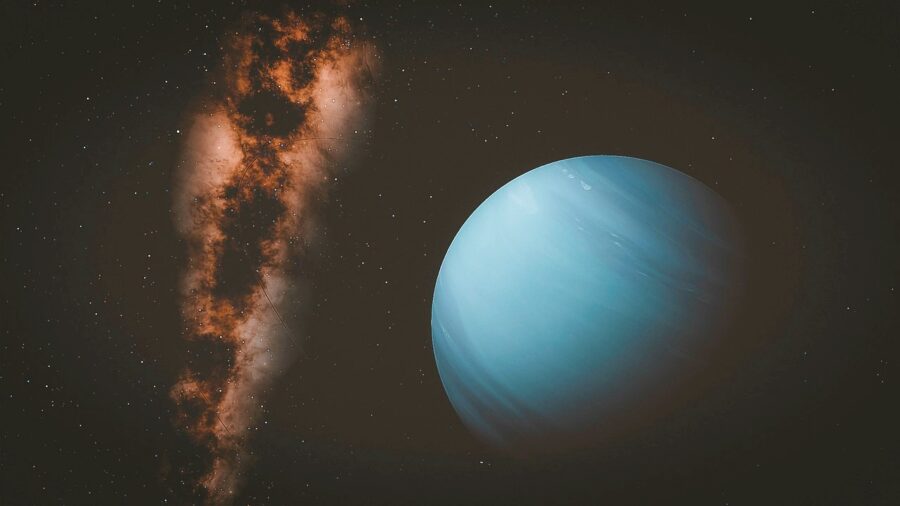
Color us flabbergasted: Neptune, it turns out, is not the deep azure blue we were all used to. Instead, the eighth planet in our solar system is, in fact, a very greenish shade of blue, distinctly different from the hue we know and love. It closely resembles its neighbor, Uranus.
Colors From NASA’s Voyager 2 Mission
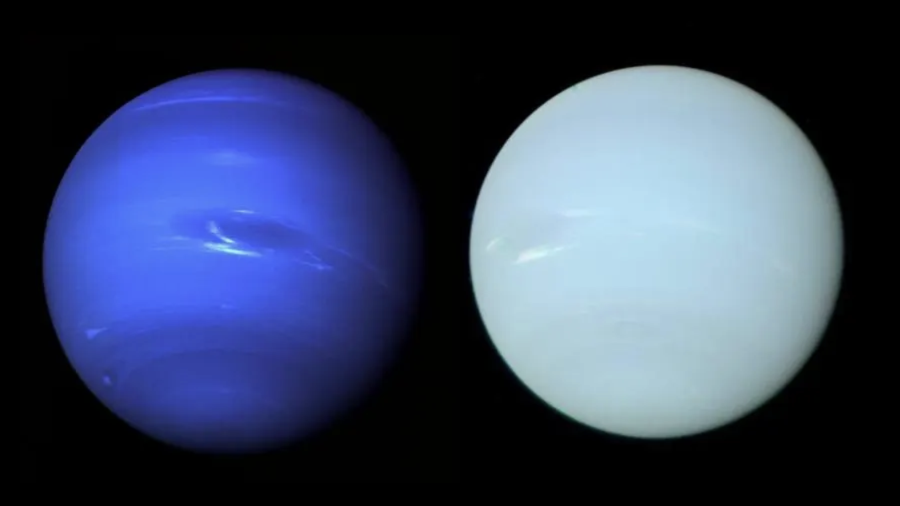
The color distinction we’re familiar with, drawn between the eighth planet and Uranus, stems from an early image captured by NASA’s Voyager 2 mission, which left our atmosphere in the late 1980s. These iconic visuals depicted Neptune as a deep, striking blue; Uranus, on the other hand, exhibited its pale cyan.
Now, we know, however, that these representations are not precisely accurate.
Correct Composite Colors
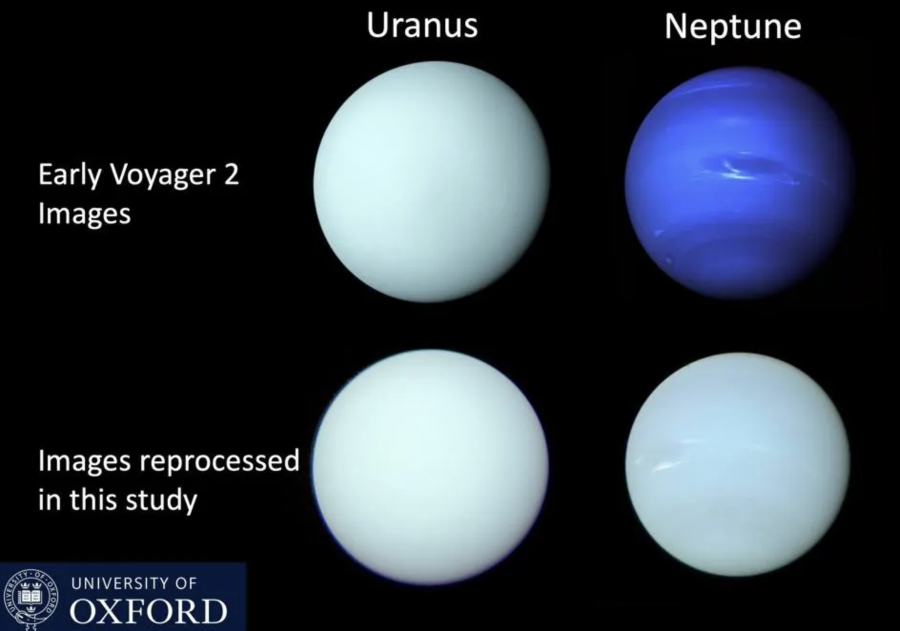
A recent paper published in the esteemed Monthly Notices of the Royal Astronomical Society propounds a new understanding of both planets’ shades. Employing data from the Hubble Space Telescope and the European Southern Observatory’s Very Large Telescope, researchers corrected the composite color inaccuracies in the images from Voyager 2.
A University of Oxford professor and the study’s lead author, Patrick Irwin, communicated that the original Neptune images captured by Voyager 2 were artificially stretched in color and enhanced.
The resulting image appeared bluer than the planet. Planetary scientists at the time and today know this misrepresentation very well, but the crucial distinction has faded from public consciousness over the years.
Most Accurate Color Depiction
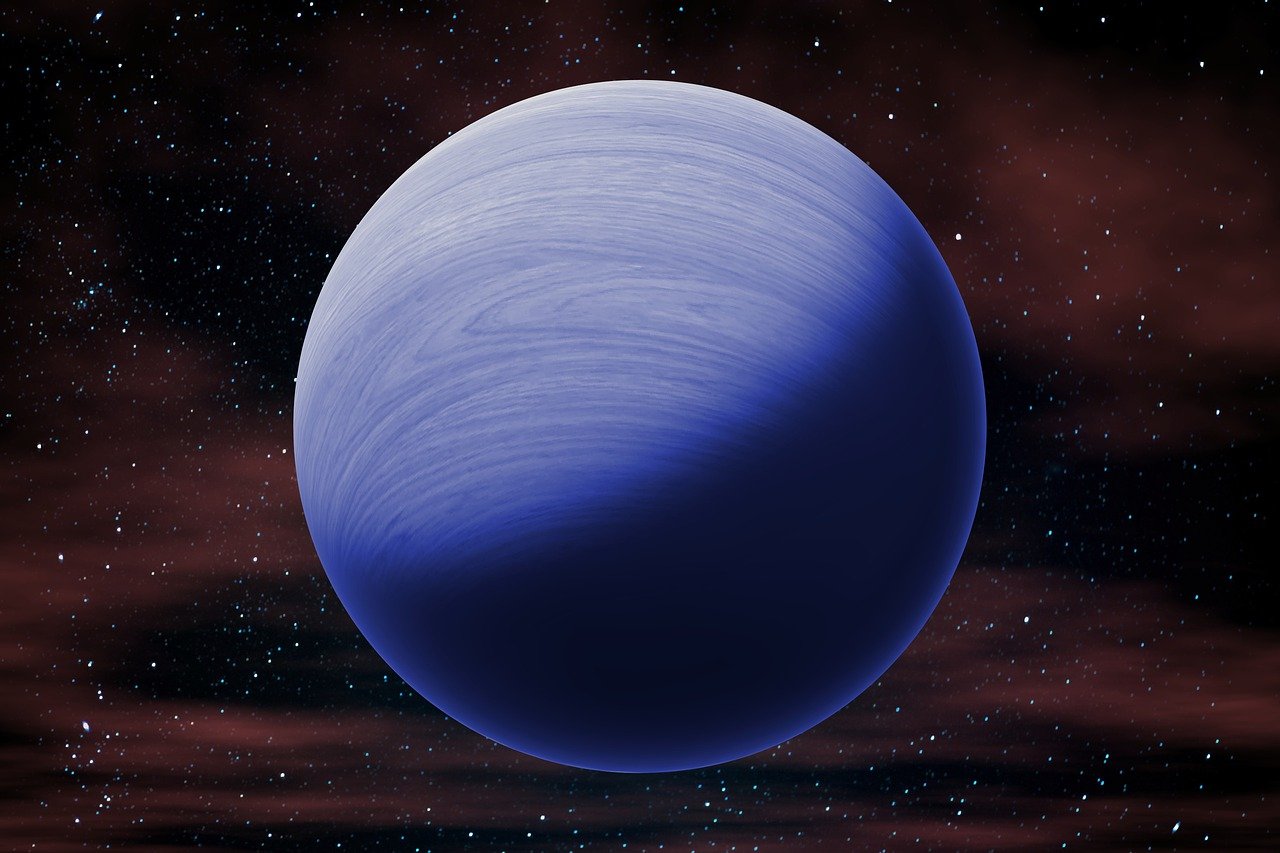
Thankfully, Irwin and his team of scientists succeeded in reconstructing the most accurate color depiction of both planets to date. Their findings conclude that Uranus is slightly more greenish than its neighbor, possessing a thinner haze layer, which explains the color difference.
Moreover, the study took advantage of a model to adjust data on Neptune from Hubble Space Telescope’s Wide Field Camera 3—a measure further solidifying their findings.
Why Would Uranus’s Shade Change?
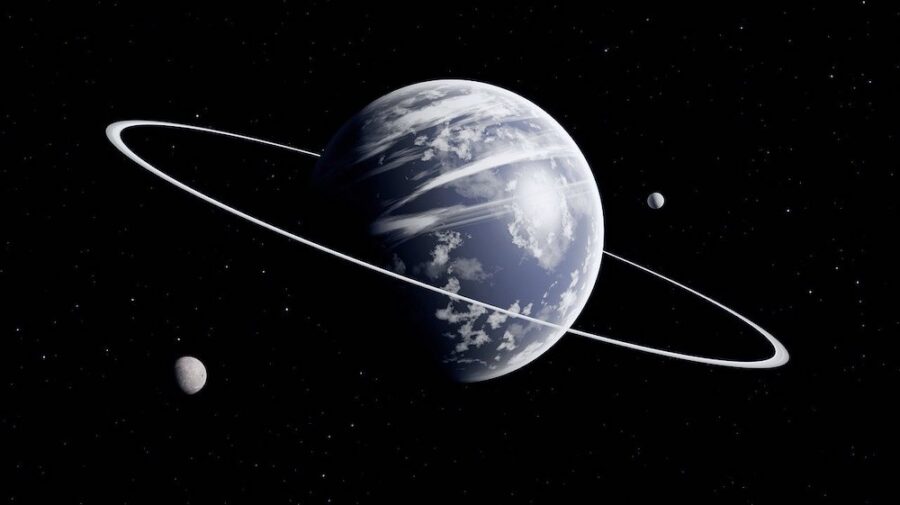
The study explained another pressing question: Why would Uranus’s shade seem to alter throughout its 84-year orbit around the sun? The answer: differences in reflectivity between the planet’s polar and equatorial regions, as well as a thickening haze of ice over its summer pole.
Thus, we now know why the planet seems greener at its solstices yet bluer during its equinoxes.
Not A Sci-Fi Movie
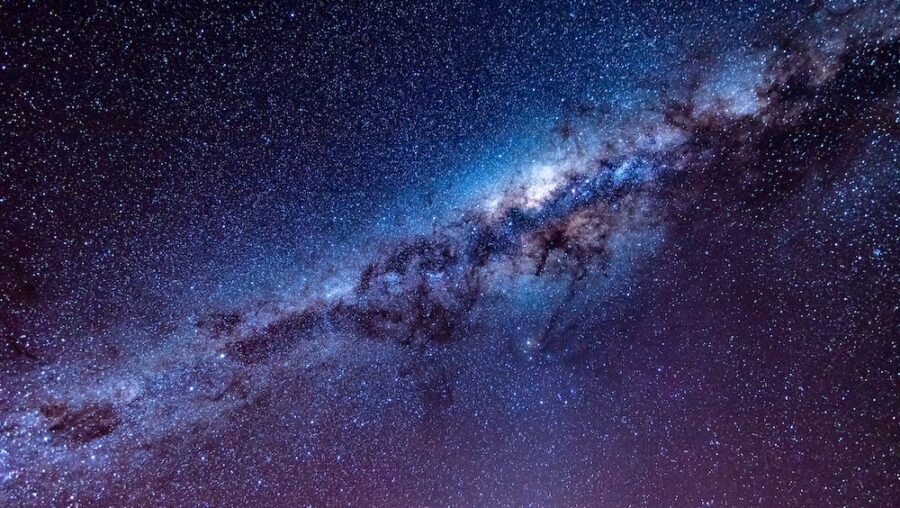
No, this development does not signify the beginning of a sci-fi movie, where all the planets in the solar system change colors—including Earth.
Still, Dr. Heidi Hammel of the Association of Universities for Research in Astronomy, a veteran, respected Neptune and Uranus expert (uninvolved in the study), observed the groundbreaking research resolves two huge issues: the confusion about Neptune’s color and the enigma surrounding Uranus’s weird color changes.
Exploring The Solar System
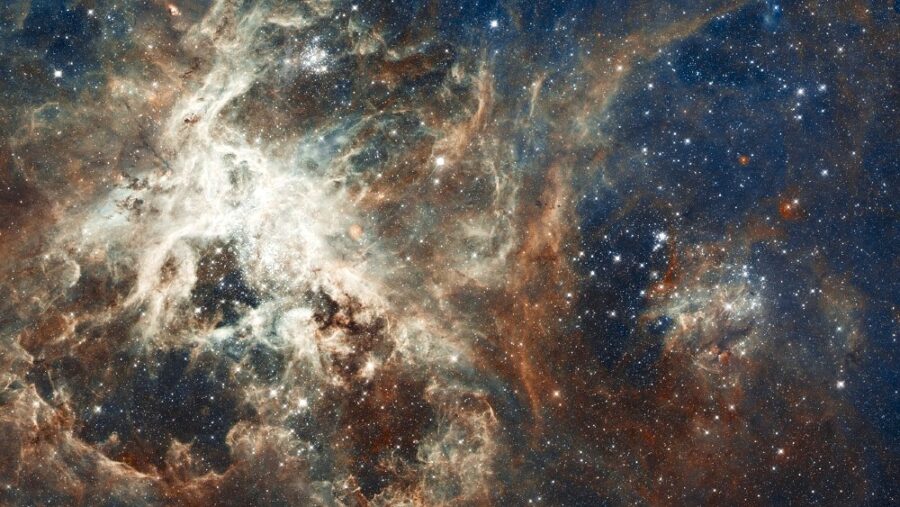
Excitingly, equipped with these revelations, humanity enjoys an expanded understanding of these distant worlds.
Sure, the iconic blue of Neptune made for compelling images; it embodied the planet’s mystery and distance. However, we can more knowledgeably see the planet in a new light—literally.
Ultimately, as we venture further into the solar system (at least via our powerful telescopes) and our knowledge of the cosmos enlarges, studies like this helpfully remind us of an important lesson.
Even our longest-held, dearest conceptions—about Neptune, or anything else—can and should be challenged, and reimagined.












